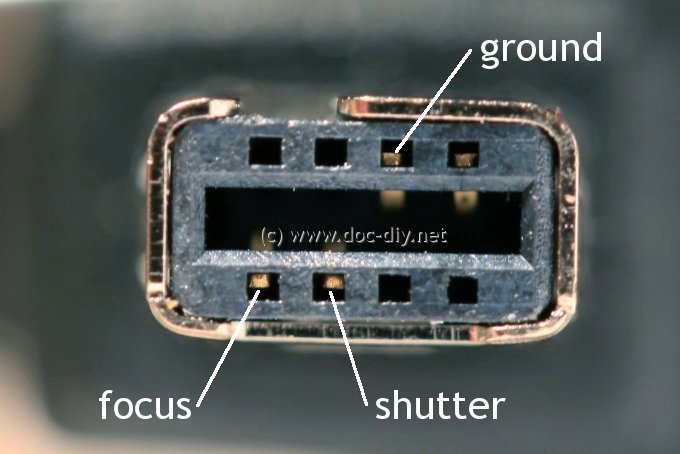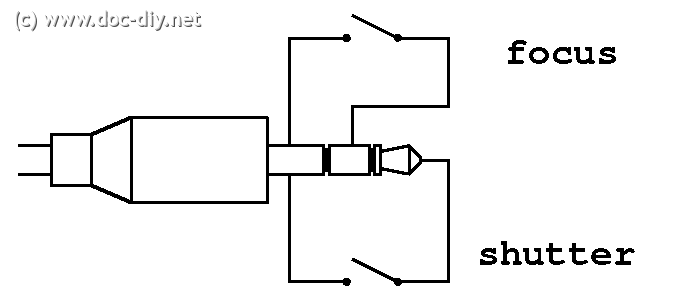
So, my hypothesis that sound traveled too slow was probably correct. I decided to waste two more balloons tonight. My first attempt was with a white balloon.
Notice in the first photo that the electret microphone was just about 20-25cm away from the balloon. Here, when I popped the balloon, the flash gun fired off so quick that the shape of the balloon remained as a balloon. I did make a mistake of puncturing the balloon from the backside. It is possible that the rupture has opened a wide gaping hole that cannot be seen from this angle.
On my second attempt with a green balloon, it was more impressive. It can clearly be seen that half of the balloon went missing. This time around, I held the balloon a little further away from the microphone, about 40cm or so. Half of the balloon was gone but it is also clear that the other half retained the shape of the balloon. That is cool.

I think I need a couple of flash guns, or at least, I need to use a reflector to get more light on the right side of the balloon.
Well, this has been a good test. Now, I know for sure the circuit is fast enough to capture a popping balloon. I just need to play a bit with the light now.
I have a wild idea of shooting firecrackers. Darn, the Lunar New Year just passed. Hmm... I think I have to wait until Canada Day.






















































